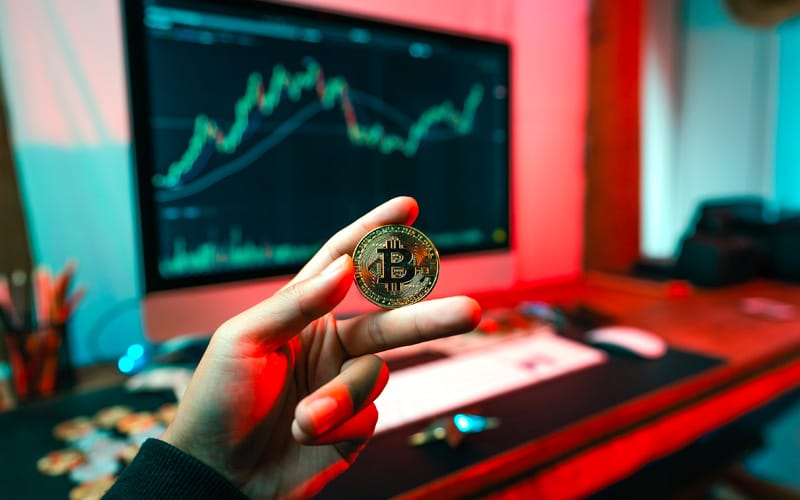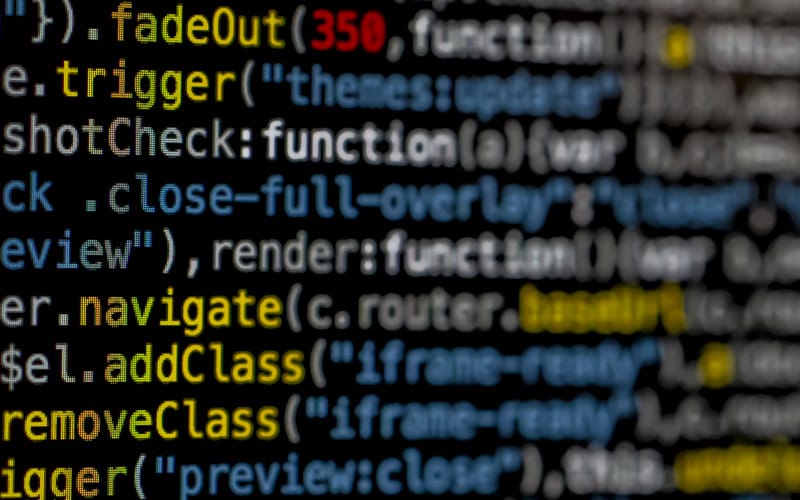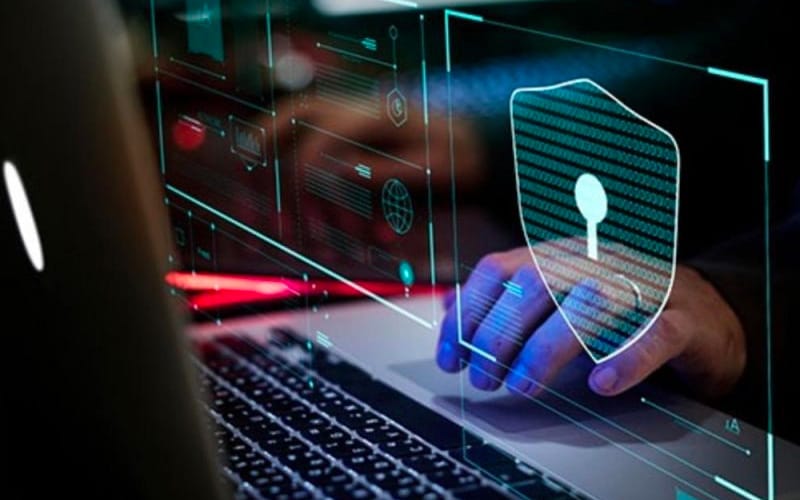Comment letter
Jun 6, 2023
Comment Letter to FASB

Re: Intangibles—Proposed Accounting Standards Update: Accounting for and Disclosure of Crypto Assets:
Dear Ms. Salo,
On March 23, 2023, the Financial Accounting Standards Board (“FASB”) issued a Proposed Accounting Standards Update for Subtopic 350-60 on Accounting for and Disclosure of Crypto Assets (the “Proposed Update”). The Proposed Update requests comments on the issues discussed therein, which Ava Labs, Inc. respectfully provides below:
In summary, we believe that the FASB, through the Proposed Update, implicitly recognizes important concepts that must underlie a sensible classification system for crypto-assets.1 We applaud the FASB’s efforts to increase transparency and the provision by reporting entities of “decision-useful information” to their investors concerning crypto-assets. However, we caution that a one-size-fits-all approach for valuing crypto-assets will not accomplish this goal and could in many instances decrease, and not increase, transparency and decision-useful information.
In this vein, we provide focused answers below to certain questions asked by the FASB, specifically, questions 1, 2, 3, 4, and 16. In our responses, we focus on problems that emerge in applying the same valuation rules as applied to stock to crypto-assets. Facts and circumstances about crypto-assets, including the prevalence of highly concentrated holdings of particular tokens, the thin liquidity of many crypto-asset markets, and the widespread use of lockups (particularly programmatic lockups) all impact the application of these rules. As a result, the use of rules that ignore these factors in valuing crypto-assets would not provide decision-useful information to investors in key circumstances.
After responding to selected questions from the FASB, we propose a specific modification to this framework – one that promotes disclosure and transparency but ensures that financial statements provide investors with better information.
Question 1: Are the proposed scope criteria understandable and operable? Please explain why or why not and, if not, what changes you would make.
We first comment on the scope of the Proposed Update. As noted above, we applaud FASB’s overall policy goal, and our comments are guided by the desire to promote the provision of decision-useful information by entities holding crypto-assets.
FASB acknowledges that a one-size-fits-all approach does not work here, and laudably attempts to tailor the proposed guidance to crypto-assets that meet certain criteria. The criteria outlined in the Proposed Update are as follows:
Meet the definition of intangible asset as defined in the Codification Master Glossary
Do not provide the asset holder with enforceable rights to, or claims on, underlying goods, services or other assets
Are created or reside on a distributed ledger based on blockchain technology
Are secured through cryptography
Are fungible
Are not created or issued by the reporting entity or its related parties
(Proposed Update, at p. 2). Entities are thus required to “measure crypto assets that meet those criteria at fair value with changes recognized in net income each reporting period.” (Proposed Update, at p. 2). Entities also must “present (1) crypto assets measured at fair value separately from other intangible assets in the balance sheet and (2) changes in the fair value measurement of crypto assets separately from changes in the carrying amounts of other intangible assets in the income statement . . . .” (Proposed Update, p. 2).
This definition largely excludes tokens except for those which are an integral component of, and inseverable from, distributed ledger technology itself; what one commenter has referred to as “Native DLT tokens.”2 These tokens, like bitcoin or ether, are in and of themselves stores of value and have no existence or purpose without the associated blockchain. We think that this is the correct scope for the above definition.
That said, while we generally agree with the above criteria, we believe that criterion 2 above could benefit from further clarification. For one thing, it isn’t clear as to which assets would qualify as “other assets,” and we think that 'other assets' should have a broad construction. For example, it would be redundant for the Proposed Update to cover wrapped crypto-assets (that is, where one crypto-asset represents a right in an underlying, or “wrapped,” crypto-asset). Other crypto-assets, such as those with a claim of ownership over digital or tangible assets (what we would conventionally think of as NFTs) also would not appear to fit within the scope of the Proposed Update. Therefore, we suggest clarifying the Proposed Update’s exclusion by expressly providing that “other assets” is to be interpreted broadly.
Further, it is unclear what “fungible” (criterion 5) means in this context. For example, it is unclear to us whether bitcoin is fungible for purposes of this definition, if it can have a specific numeric identifier that makes that particular bitcoin, at least in some sense, unique. We don’t think that this should be the case. For example, U.S. dollar bills (and other denominations) have unique serial numbers but are fungible. Furthermore, there could be multiple tokens that represent a fractionalized interest in an asset (or interest in identical assets). For example, an NFT representing a type of sword in a video game, or an interest in one-tenth of a painting, would be a form of ‘fungible’ NFT. Therefore, we believe that the Proposed Update could benefit from more clarity as to fungibility. This point that is also unclear in Notice 2023-27, which is recent IRS guidance on the subject. We thus note the importance of clarity as to what constitutes fungibility.
Question 2: Is the population of crypto assets identified by the proposed scope criteria appropriate? Please explain why or why not.
The limitations stated above on the scope of the Proposed Update reflect a correct and laudable understanding from FASB that certain types of crypto-assets should be excluded from this reporting. Noting the clarifying changes, we recommend in our comments on Question 1 (including clarification that wrapped crypto-assets are excluded from the scope of this Proposed Update), we generally agree with the proposed scope criteria.
For example, it appears that the second exclusion (as well as the fifth) excludes what might be described as nonfungible tokens (NFTs)—that is, (in our words) tokens with unique digital identifiers that are not a store of value in and of themselves, but rather represent ownership of rights or other assets. NFTs raise unique issues that we agree should not be included within the scope of the Proposed Update.
Question 4: The proposed amendments would require that an entity subsequently measure certain crypto assets at fair value in accordance with Topic 820, Fair Value Measurement. Do you agree with that proposed requirement? Please explain why or why not.
Crypto-assets can be difficult to value, and the valuation exercise can raise issues that are not present when valuing equity. This difficulty can be driven by both the individual characteristics of the crypto-assets being valued and underlying market characteristics. Both of these factors can make value determinations about certain crypto- assets highly subjective and detract from decision usefulness.
First, crypto-assets often lack the liquidity to make the fair market trading value a reliable means of determining the fair market value of a large position in the assets. Crypto-assets are often traded—particularly early in their existence—in highly volatile and thinly capitalized markets. It can be near-impossible to value such assets, even if there has been a small amount of public trading. The existence of such markets can make a “market price” highly unreliable in a way that is uncommon with equities. Under the Proposed Update, which looks to Topic 820, Fair Value Measurement, the market price of the tokens (even if the trading value is clearly not reflective of the actual value) dictates the fair market value. Thus, such valuation parameters must be taken into account to provide decision- useful information with respect to crypto assets.
Second, restrictions on tokens are more common – and different – than restrictions on stock. In particular, many tokens contain restrictions that are inherent to the token itself. These are distinct from restrictions entered voluntarily (e.g., a lockup because a holder has staked a token). Further, these restrictions are often programmatic. A token subject to a programmatic lockup cannot be transferred on-chain, and that restriction is embedded into the token itself and is inseverable from any property right in the token. Thus, programmatic restrictions are intrinsic to the tokens themselves. (As used herein, “locked” tokens with programmatic restrictions on trading are an example of such an asset.) These locked crypto-assets can differ materially in kind from “unlocked” tokens that can be traded on chain. The public trading price of an unlocked token often can have only a remote (or even no) bearing on the value of its locked cousin, particularly where the lockup is many years (as is common in the crypto-asset space).
Third, many crypto-assets are held in large blocks by single entities that do not intend to dispose of their large blocks. Further, any immediate attempt by an entity to dispose of its block is likely to put material downward pressure on the per-token price.
Examples show how these issues create difficulties when it comes to valuation matters. Consider the following example:
Entity A owns 40 percent of the total market supply of token Y. Entity A did not issue or create any of token Y. Entity A’s tokens are subject to a programmatic lockup, where they are not able to be sold for 4 years. There is a market in token Y, where the tokens are currently being sold for $1.00 per token, with significant volatility.
Furthermore, the Fair Value Measurement rules do not allow entities to account for a liquidity discount where an entity holds a material share of the total supply of a token, as the following example demonstrates.
Entity B owns 30 percent of the market supply of token X, a native DLT token. Entity B did not issue or create any of token X. All of these tokens are subject to a one-year programmatic lockup – that is, the tokens cannot be transferred on-chain to any other party for a period of time. In fact, 99.5 percent of all of token X are subject to a programmatic, on-chain lockup, all for at least one year (and some for significantly longer). Token X is traded in very small amounts on a single exchange, in a single day of trading, establishing a significant value for the tokens given the limited supply. No other trades occur.
Should the token’s value in the hands of Entity B be limited to that highly inflated trading price? Would that high valuation accurately reflect the holdings of Entity B and provide its investors with decision-useful information? It would not. Thin markets create inflated values, and that market trading price in no way accurately reflects Entity B’s holdings. To record the holdings with that value on Entity B’s financial statements would not accurately portray Entity B’s holdings.
Question 16: Would the proposed requirement to subsequently measure crypto assets at fair value and the accompanying disclosures benefit investors by providing them with more decision-useful information? If so, how would that information influence investment and capital allocation decisions? If not, please explain why.
Should the token’s value in the hands of Entity B be limited to that highly inflated trading price? Would that high valuation accurately reflect the holdings of Entity B and provide its investors with decision-useful information? It would not. Thin markets create inflated values, and that market trading price in no way accurately reflects Entity B’s holdings. To record the holdings with that value on Entity B’s financial statements would not accurately portray Entity B’s holdings.
This alternate regime should be elective. This alternative reporting regime should be allowed either (1) for any entity that holds a significant number of tokens of a particular type—we would suggest more than 5 percent of the outstanding number of tokens of a particular type; (2) for any thinly traded tokens—e.g., under $5 million of average daily trading volume; or (3) for any tokens that differ materially (e.g., are subject to a lockup restriction) from the ‘same’ token’s counterparts that are publicly traded.
Entities holding tokens under this alternate regime would, instead of being required to value such tokens, be required to provide information that we believe is more decision-useful than a highly subjective valuation. Such information could include trading price, trading volume, description of lock-up restrictions, the total number of tokens held of that particular type, and total number of tokens on the market, and total number of tokens in existence.
The goal of allowing for this disclosure regime is to make sure that the information included in financial statements is thorough and decision-useful to investors. We believe that investors would benefit if the fair value measurement regime of the Proposed Update permitted the entities, we discuss above to elect to provide specific and objective information about their crypto asset holdings in lieu of a subjective valuation.
A Sensible Disclosure Regime.
In light of the above, we propose certain modifications to the Proposed Update that we believe would promote the reporting of decision-useful information regarding crypto-asset holdings. In particular, we suggest that an entity ought to be allowed to alternatively report certain information about its crypto-asset holdings under the current model based on cost, but also to include a substantive disclosure in its financial statements that includes decision-useful information.
Sincerely yours,
Chris Lavery
Chief Financial Officer
Ava Labs, Inc.
References
See Lee A. Schneider, Chambers Global Practice Guides, Fintech 2022 – Introduction, at 4-8. Available here
See Lee A. Schneider, Chambers Global Practice Guides, Fintech 2022 – Introduction, at 7.
See Kappos, et al. FUZZY TOKENS: THINKING CAREFULLY ABOUT TECHNICAL CLASSIFICATION VERSUS LEGAL CLASSIFICATION OF CRYPTOASSETS, Berkley Tech L. J. Commentaries (Mar. 1, 2023)


